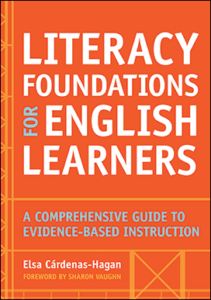 Reading comprehension is a skill every student needs to succeed in school—and it’s especially important for the English learners (ELs) in your classroom. While ELs often develop the fundamentals they need to read, issues like an underdeveloped vocabulary base can sometimes cause breakdowns in reading comprehension that can cause bigger academic problems down the line.
Reading comprehension is a skill every student needs to succeed in school—and it’s especially important for the English learners (ELs) in your classroom. While ELs often develop the fundamentals they need to read, issues like an underdeveloped vocabulary base can sometimes cause breakdowns in reading comprehension that can cause bigger academic problems down the line.
So what should teachers do to support reading comprehension in English learners? In today’s post, we’re sharing four important strategies you can put into action in your classroom. Excerpted and adapted from the book Literacy Foundations for English Learners, edited by Elsa Cárdenas-Hagan, these strategies will help you incorporate effective practices that sharpen reading comprehension skills of ELs and help them understand and learn from text.
Teach and model routines
What are the best ways to help ELs make meaning from reading? These three comprehensive routines should be explicitly taught and modeled throughout the reading process:
Preview the text. Taking a tour of the text before reading it is a good way to activate students’ background knowledge, identify elements that will be helpful in overall understanding, and engage them in active reading from the onset. Teach students to look at the overall organization of the text, including the structure; notice chapter headings and words or phrases that are in bold or underlined; and think about how photographs, illustrations, and other visuals will relate to the story or content.
Apply context clues and word analysis. Show students how to use context clues when they encounter words, phrases, and concepts or ideas that may be confusing or unclear. Teach them how to deduce the meaning by studying how the word in question is used, looking at the meanings of the words that surround it for clues, and breaking an unknown word apart and looking for word parts that can help clarify the meaning.
Generate questions and answers. Generating questions can help improve students’
knowledge, understanding, and memory of what was read. After students read a passage, help them formulate questions about what they have learned and review the text to answer those questions. Try modeling this by using question stems such as “What was the turning point in _________?,” “Who was __________ and what did they do?,” “What were some of the reasons for _________?,” and “Why do you think _________ happened?”
Integrate metacognitive awareness strategies
Metacognition involves an awareness, understanding, and control of one’s learning and thought processes. Proficient readers use one or more metacognitive strategies to comprehend text. Try teaching the following procedures to promote active reading and engagement with text—before, during, and after reading. These procedures can help all students, but they may be especially important for ELs who need extra support to make meaning from text.
Make a prediction before reading. Making predictions before reading (“I think I am going to find out why volcanoes erupt”) provides an opportunity for students to gain an understanding of the purpose for reading the text. They can also check and reflect on their predictions while reading and after reading.
Monitor understanding and ask questions during reading. As students read, ask questions to help students to recognize when their comprehension breaks down and identify the knowledge they need to repair their comprehension. You might ask about a word or phrase that some students might not understand (e.g., What kind of toll is the author referring to?). Asking ELs to explain their processes for making meaning while reading and their strategies used to overcome difficulties can also increase opportunities to produce language (e.g., What clues did you use to figure out the meaning of siege? Which fix-up strategy helped you figure out that word?).
Create a main idea statement after reading a passage. To stay engaged in reading and making meaning as they read, students should develop a main idea statement after reading sections of text. This helps teach students to restate in their own words the most important point as a way of making sure they have understood what they read. As a bonus benefit, it can also improve students’ memory of what they’ve just learned.
Scaffold story retells for English learners
Oral retelling of stories is an effective way to promote language learning and boost comprehension and engagement for ELs. Story retelling can be used with both narrative and expository (informational) text.
For narrative text, model the retelling by identifying key story elements—main characters, setting, problem, and resolution. It’s a good idea to teach these elements separately and then assist students in combining them. Give students opportunities to work in small groups to identify retell components and practice retelling parts of the story with their peers. If a child is unable to retell the story, or if the retelling lacks sequence and detail, then provide scaffolds by prompting the retelling step by step:
- Who was the story about?
- When did the story happen?
- Where did the story happen?
- What was the main character’s problem? (if applicable)
- How did he or she solve the problem?
- What was done first/next?
- How was the problem solved?
- How did the story end?
Retelling expository text can help students see the relationships between key facts and ideas. When students are learning to identify information to recall from this type of text, you can use the following questions to provide a scaffold for the important elements to be retold:
- Who/what is the most important subject in this passage/article?
- What is important about that subject?
- When does/did this take place?
- Where does this take place?
- Why is the subject important?
- How does/did this occur?
Story retelling is a great strategy because it requires children to focus on the big ideas in a story and gives you insight into how well a child understands what was read. By having your students tell stories in their own words, you can identify children’s strengths and monitor specific areas of difficulty for individual students over time.
Teach summarizing skills with graphic organizers
Summarizing involves identifying the most important ideas in a text. It helps students
- learn to determine essential ideas and consolidate important details that support them
- notice and remember key words, ideas, and phrases of an assigned text
- take a large selection of text and reduce it to the main points for more concise understanding
Graphic organizers are an ideal summarizing tool to help support ELs. These visual and spatial displays of information highlight important points and are associated with improving learning and reading comprehension for students of varying academic ability. With the right instruction, graphic organizers can help your students organize information or depict relationships, and they provide the ideal scaffolding for helping students summarize.
See this post from Creately for 19 types of graphic organizer examples and editable templates for each one!
Use the tips in today’s post to help strengthen comprehension skills for the English learners in your classroom—and for more research-based guidance, check out the book Literacy Foundations for English Learners.
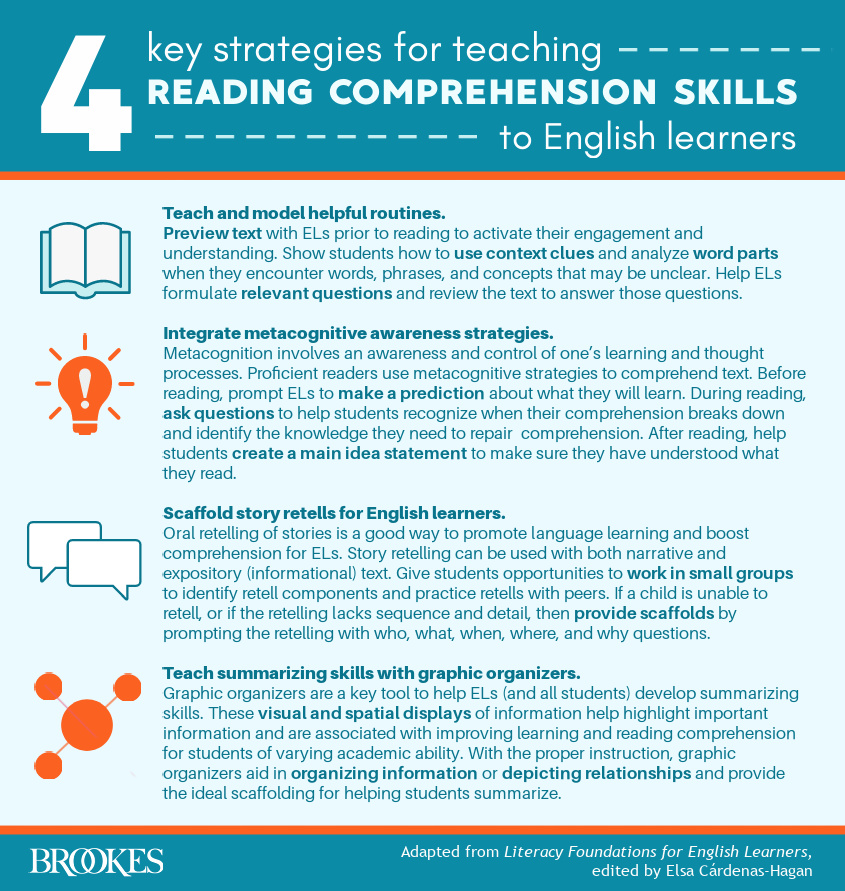
Get the key takeaways from today’s post in a handy tip sheet!
DOWNLOAD NOWStay up to date on the latest posts, news, strategies, and more!
Sign up for one of our FREE newslettersMore posts like this
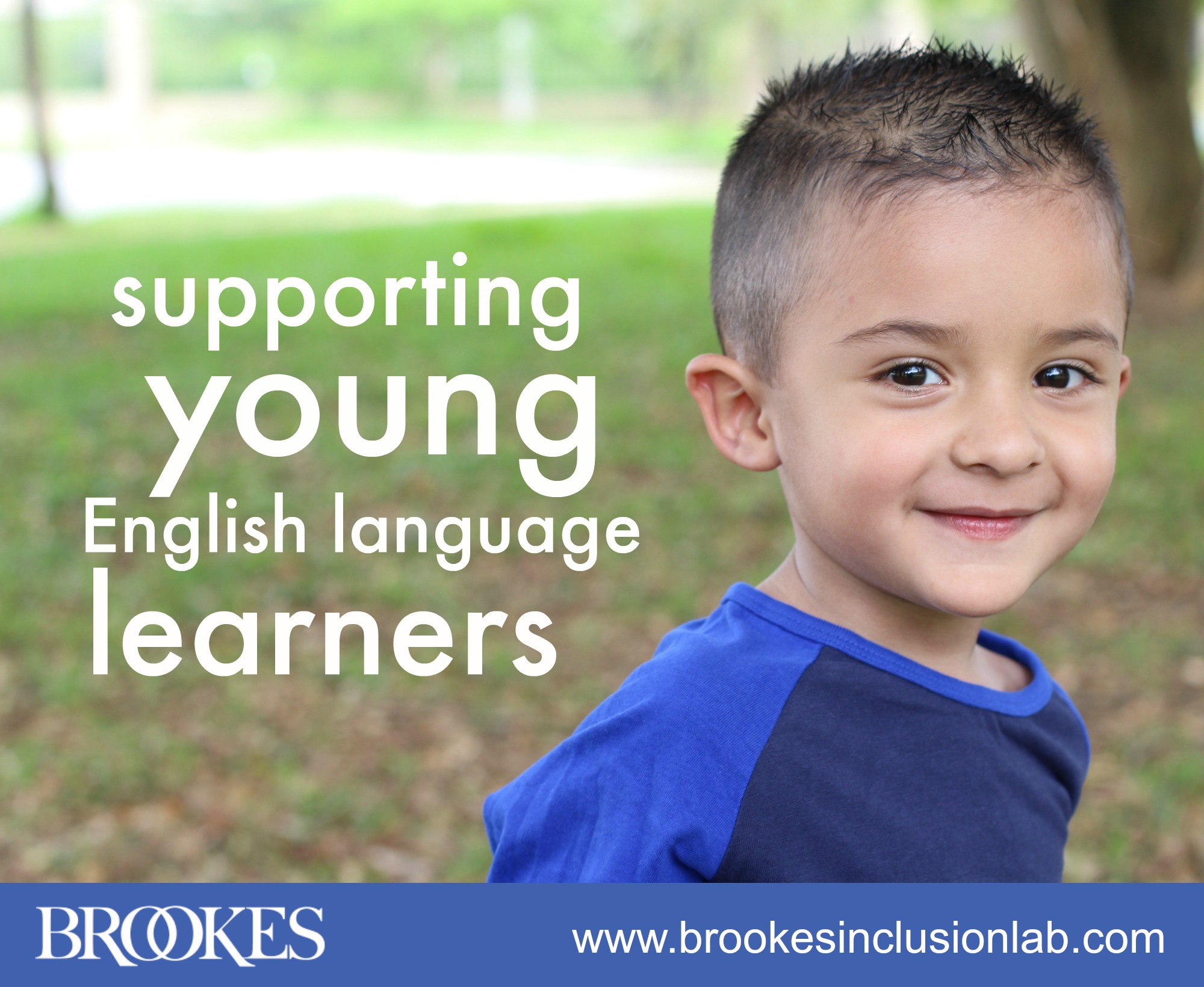
10 Free Resources for Teachers of Young English Language Learners
September 15, 2020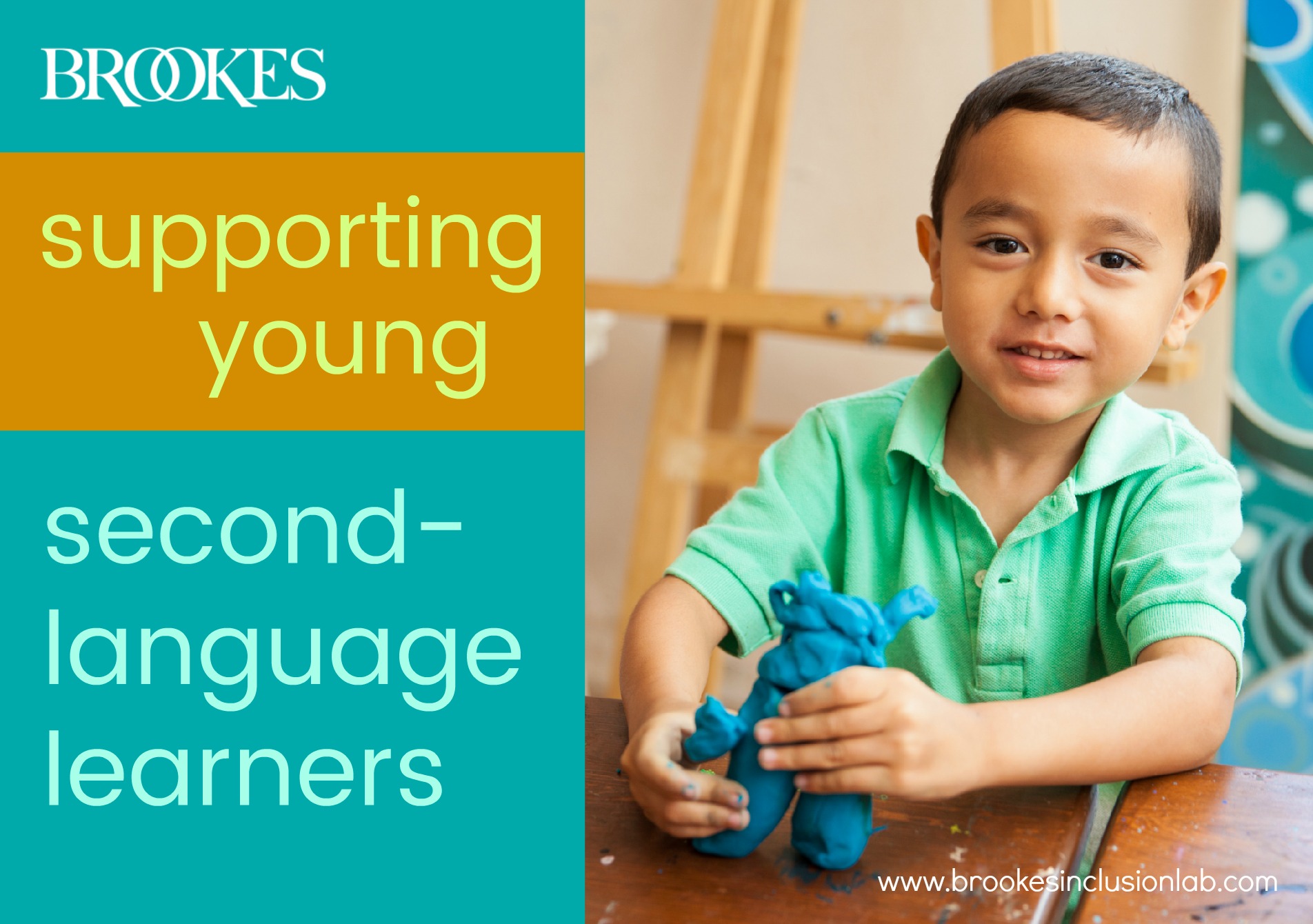
8 Tips on Communicating with Young Second-Language Learners
August 20, 2019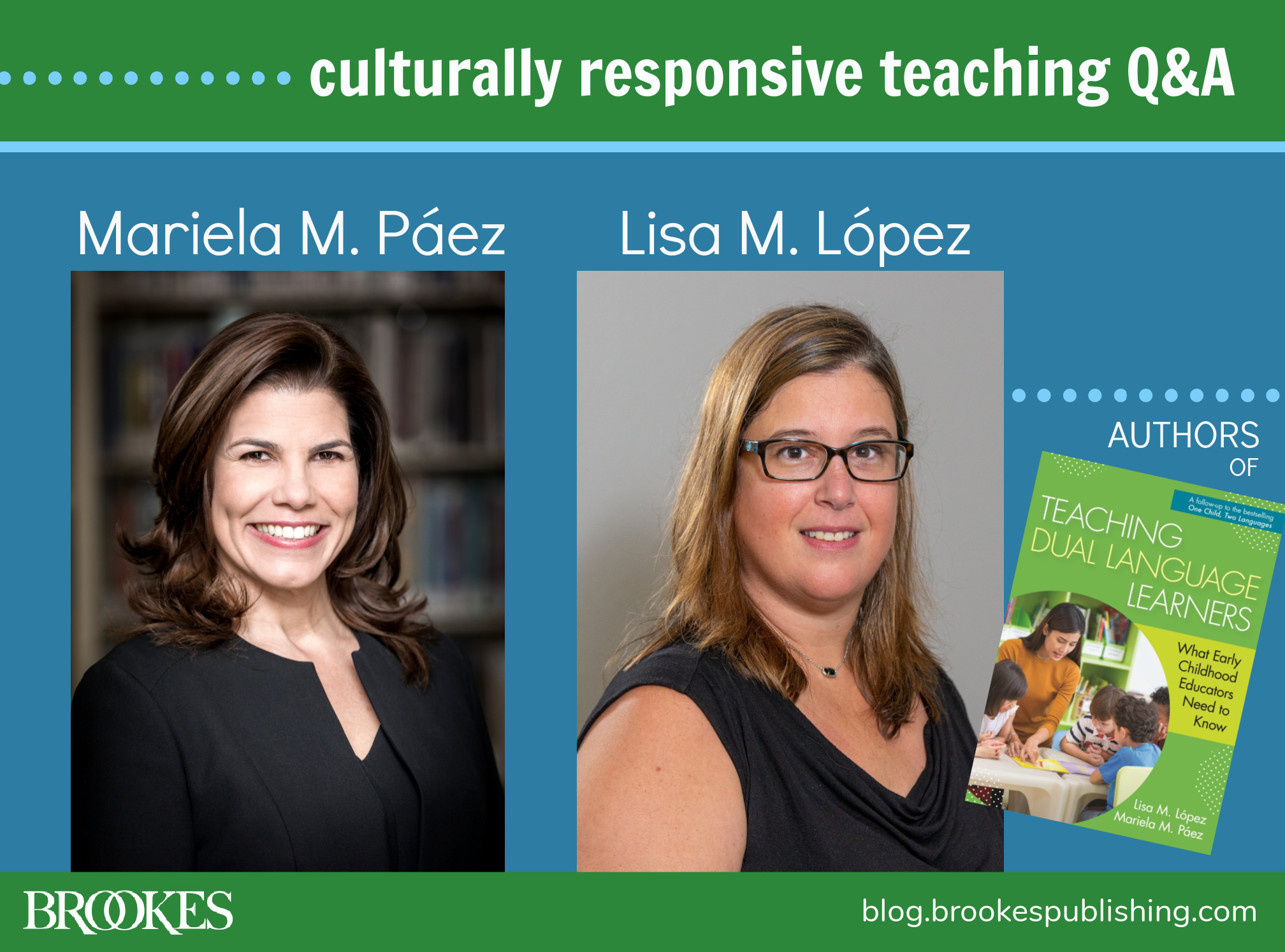

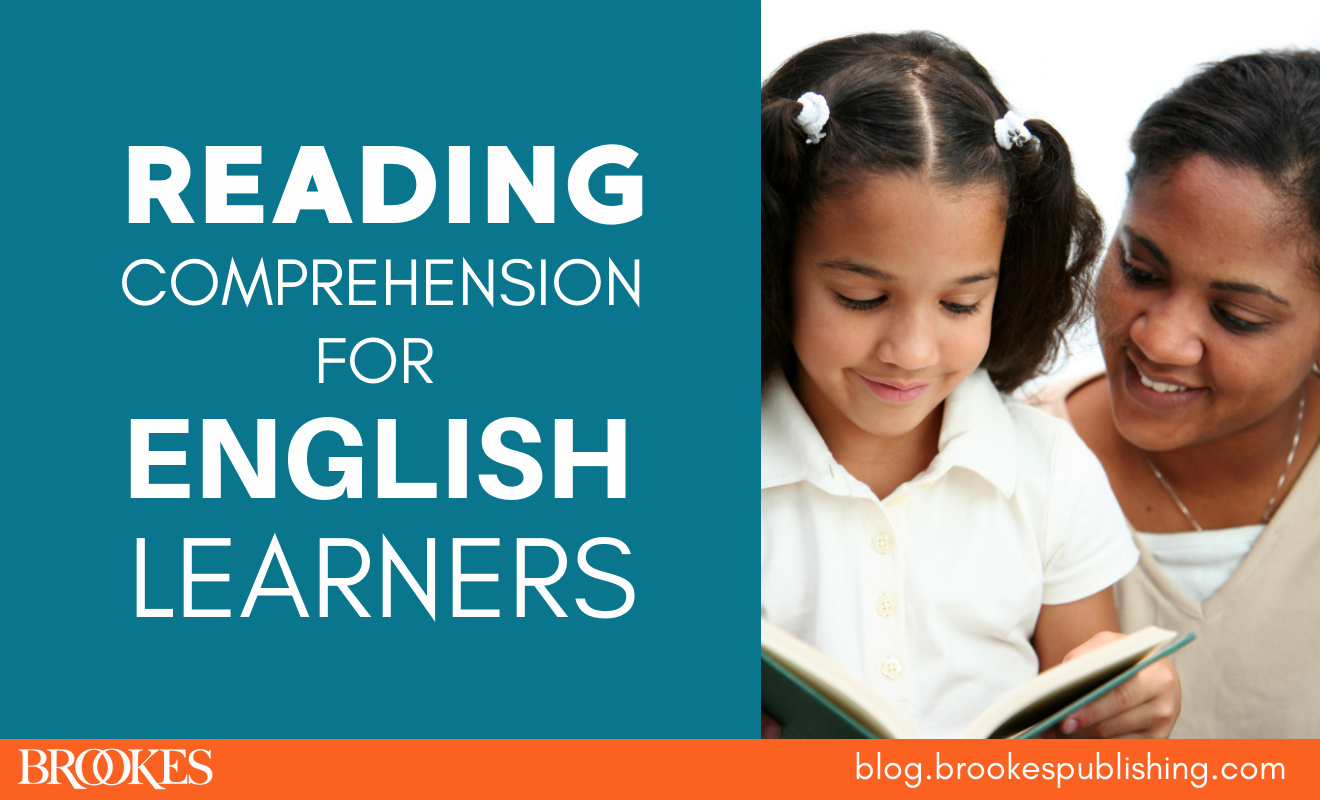
Write a Comment
Your email address will not be published. Required fields are marked *
Post a Comment